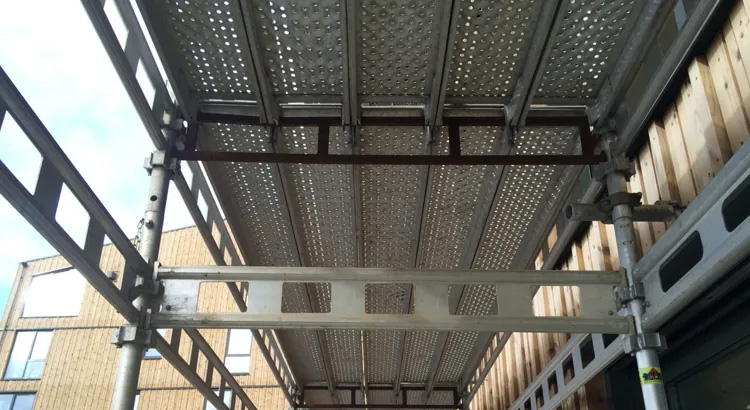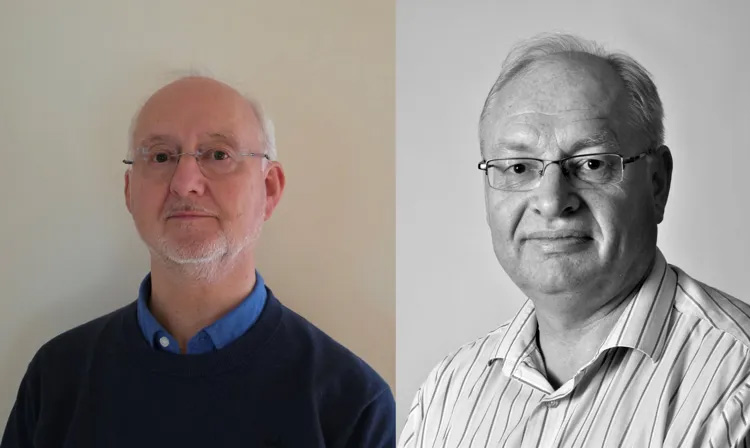The Norwegian Labour Inspection Authority, together with the Norwegian Ocean Industry Authority (Havtil), has reviewed a number of occupational accidents that can be traced back to scaffolding comprising elements from different manufacturers.
“Over time, we have registered an unfortunate development, namely the use of scaffolding components from different scaffolding manufacturers and old and new scaffolding elements being used interchangeably.” These are the words of Rolf Engstrøm, senior engineer at the Norwegian Labour Inspection Authority.
In one of the accidents that the Norwegian Labour Inspection Authority and Havtil have reviewed, in which a man suffered internal injuries from a fall of more than 20 metres, the mixing of scaffolding elements from different manufacturers may have been a contributing cause.

Stricter monitoring announced
“Going forward, we will require operators who erect such scaffolding to be able to document that the construction is safe and reliable and complies with applicable regulations. Above all, the aim is to reduce the risk of accidents when working at height,” says Sigmund Andreassen, principal engineer at Havtil.
“We want to encourage clients and coordinators to keep this in mind, both when booking scaffolding and during safety rounds at the construction site,” adds Engstrøm.

Competency requirements of scaffolding orderers
The review by the Norwegian Labour Inspection Authority and Havtil shows that clients often lack precision when ordering scaffolding.
“The requirements must be clearly specified in the ordering phase, especially when the scaffolding is to act as edge protection for work on roofs or decks”, says Engstrøm of the Norwegian Labour Inspection Authority.
He reminds companies that all necessary documentation must be in place before use.
“If you tamper with the composition of the scaffolding, it is you that assumes producer responsibility.”
When different scaffolding elements are combined, in practice, the company assumes responsibility for everything working together. This is a responsibility that usually rests with the manufacturer. This means that, as the employer, you also assume responsibility for the scaffold’s technical properties, and for the production of technical documentation, calculations and testing of the scaffolding as it is assembled.
“Where scaffolding consists of elements from different manufacturers, we have seen cases of components being deformed or broken. Some fittings cannot be used as fall arrest anchors and provide only a false sense of security. That’s why it’s important to remember that, if you tamper with the scaffold’s composition, producer responsibility then rests with you,” says Havtil’s Sigmund Andreassen.
Accordingly, when blending scaffolding components from different manufacturers/systems, the builder must have sufficient structural engineering expertise to calculate and plan scaffolds using non-compatible elements. Such expertise cannot normally be acquired through scaffolding courses or certificates, the two engineers warn.
Facts about scaffolding practices in Norway
- In Norway, all scaffolding systems must be certified by an approved certification body, or legally marketed within the EEA.
- A scaffold is only approved when all elements are from the same manufacturer and are installed in line with the manufacturer’s instructions.
- When components from different manufacturers are combined, the certification does not apply, nor do the manufacturer’s instructions for assembly and use, even if the elements physically fit together.
- The requirements are described in the Regulations concerning the Performance of Work, Sections 17-7 and 17-8.
- Properly assembled scaffolding also reduces the risk of falling objects.
Text: Selena Konjhodzic Øverjord, Norwegian Labour Inspection Authority